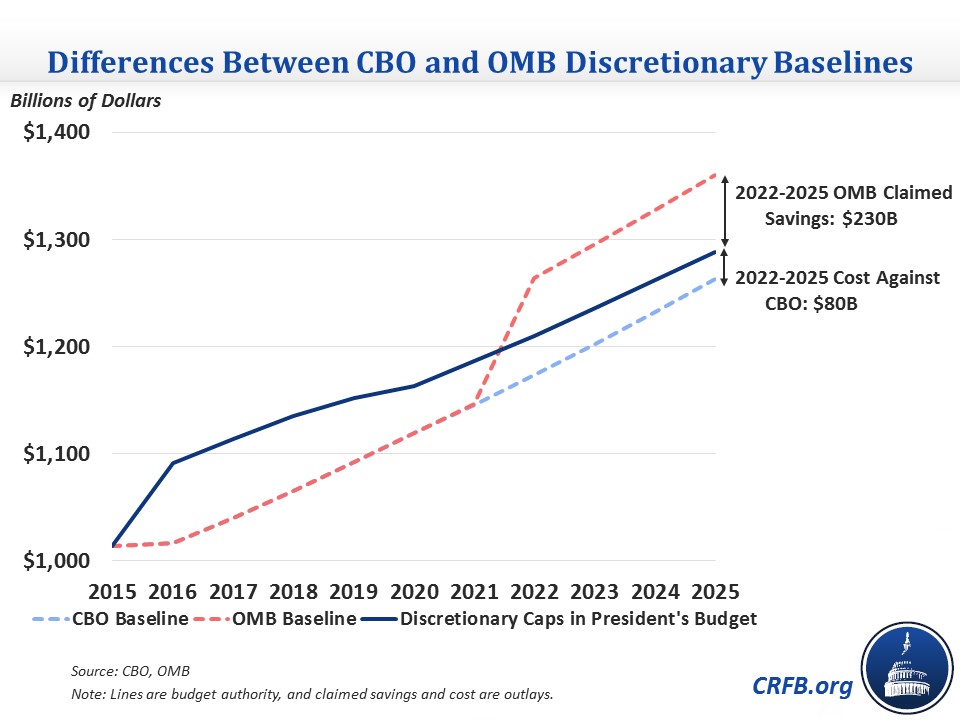Congress Might Gladly Pay You in 2022 for Sequester Relief Today
A recent press report (paywall) indicates that Republicans may be looking to pay for increased defense spending next year by promising defense cuts starting in 2022. This type of approach to sequester-level cap replacement is at best disingenuous and at worst a blatant gimmick.
The report suggests the possibility of sequester relief in Fiscal Years 2016 and 2017 paid for with extended and lowered caps from 2022 to 2025. Although the press report didn’t specify how this sort of trade off would work, there are three basic possibilities:
The first would be to offset cap increases in 2016 and 2017 by extending the spending caps beyond 2021 below the level the Congressional Budget Office (CBO) assumes (the 2021 cap adjusted for inflation). While this could be technically argued as a legitimate offset, there is little reason to believe that Congress would reduce discretionary spending below an extension of the sequester-level caps in future years when they want to raise those sequester-level caps today. This would be the budgetary version of Wimpy's “I’ll gladly pay you Tuesday for a hamburger today.”
The other two possibilities would rely on an even more blatant gimmick by claiming savings relative to an artificially-inflated baseline. One of these approaches would involve using the President’s budget assumption that discretionary spending bounces back to pre-sequester levels after 2021 and claim savings relative to that baseline.

We warned against this gimmick in the Better Budget Process Initiative paper “Strengthening Statutory Budget Enforcement" and recommended clarifying that the baseline should assume discretionary spending remains at the sequester levels adjusted for inflation, as CBO's baseline does.
The second variation on this approach is to use the Congressional budget resolution's defense spending levels, which are $58 billion above the CBO baseline for 2022 through 2025, and count extending the discretionary caps at the CBO baseline level as savings. They could then use these savings relative to the budget resolution levels to offset sequester relief in Fiscal Years 2016 and 2017 with one of the budget's deficit-neutral reserve funds.
These two latter approaches would offset the very real increase in spending in the first two years with savings from an inflated baseline that is inconsistent with CBO's official assumptions. Unlike the first approach, where the savings would count on paper but would not be credible, these savings would not even show up on paper.
If Congress wants to lift the spending caps, it should identify credible and real savings to offset the increased spending instead of promising unspecified cuts in the future that are unlikely to materialize or claiming phantom savings relative to an inflated baseline.


